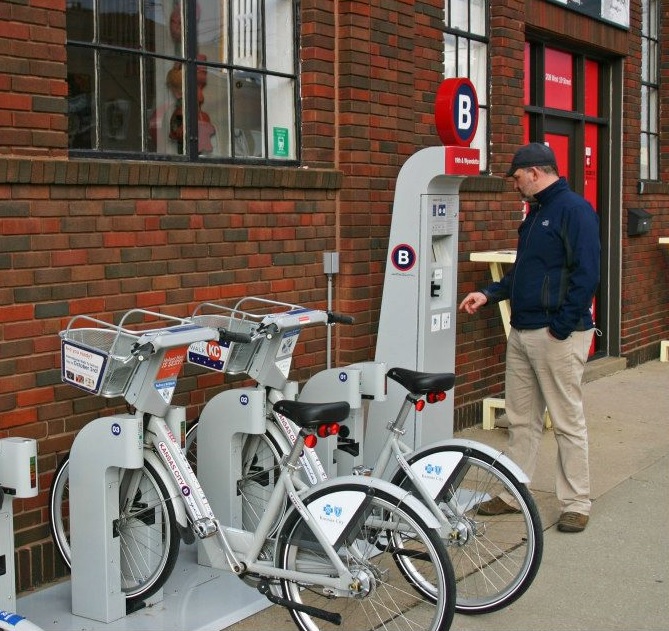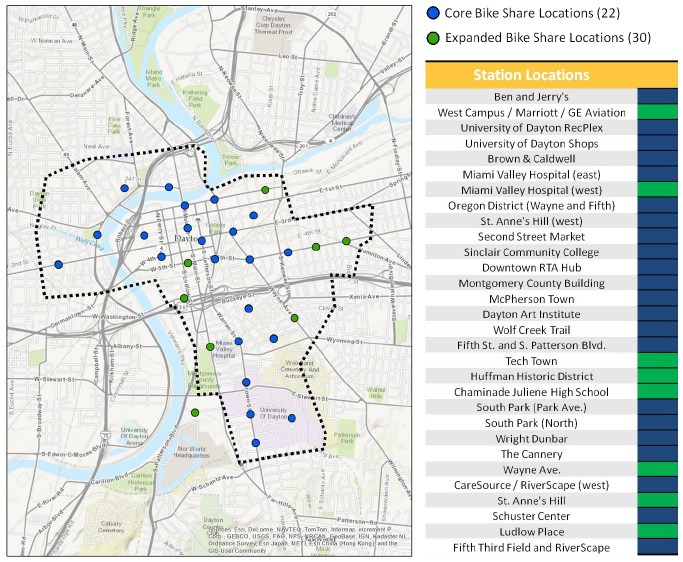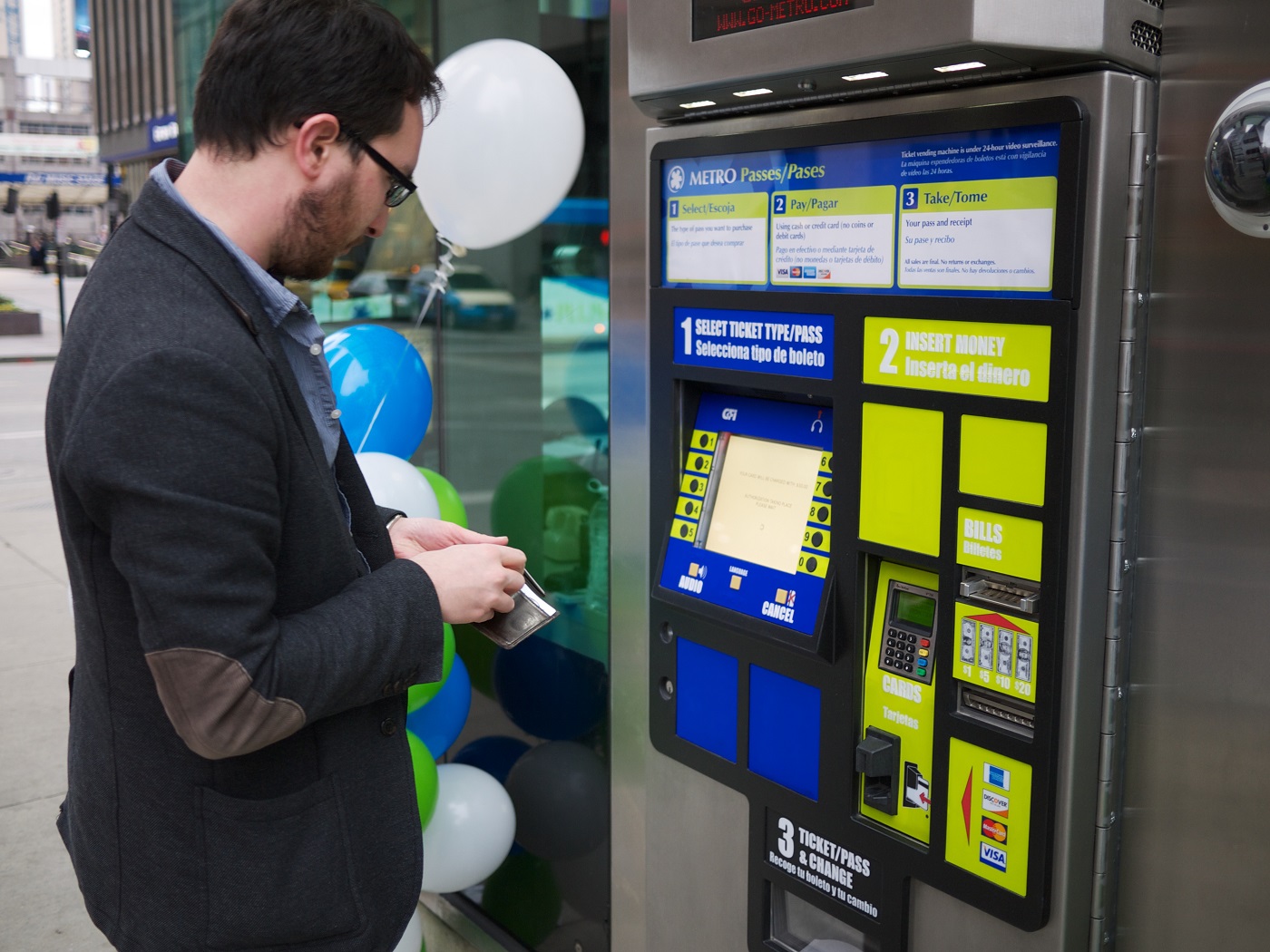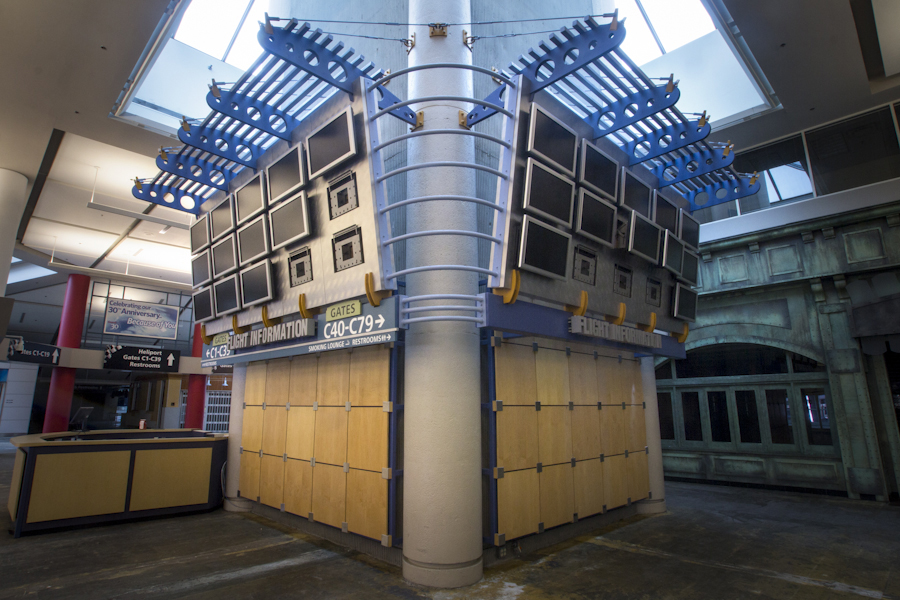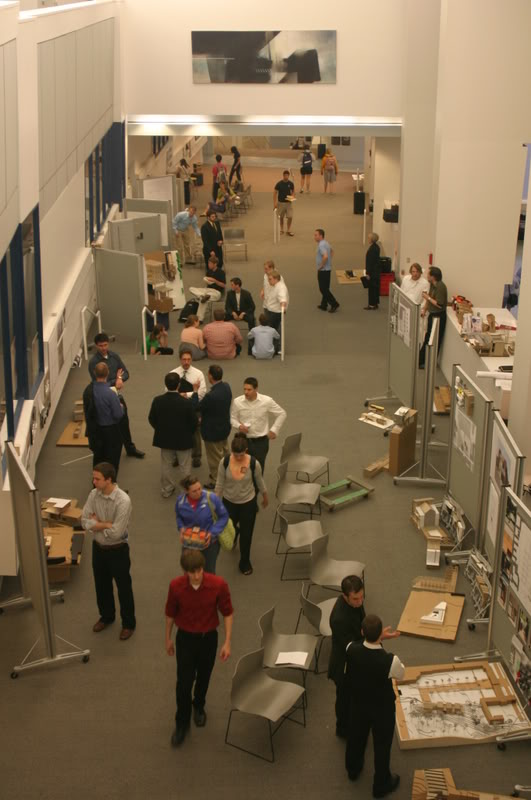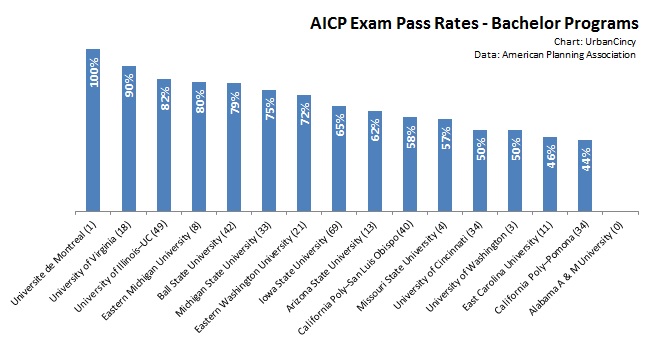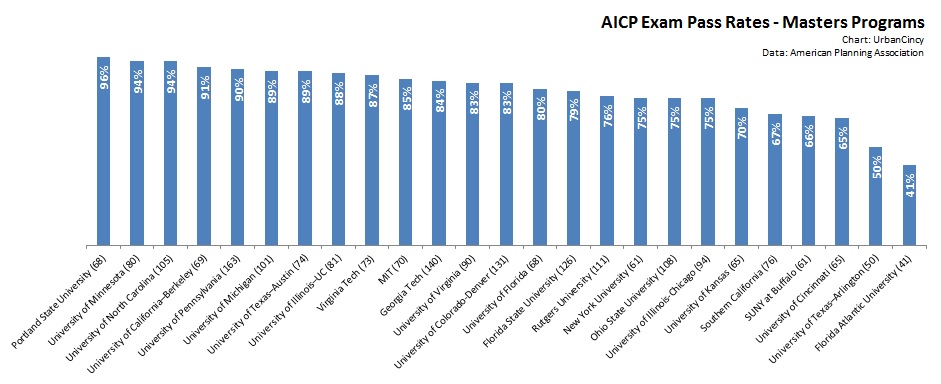Cincinnati will be one of 30 cities worldwide to participate in AngelHack’s spring Hackathon. The event will take place May 3-4 at UpTech’s campus in Covington.
Event organizers credit Cincinnati’s history of innovation and burgeoning tech culture as the reason for hosting the world’s largest hackathon competition, which first took place in December 2011 in San Francisco, and is expected to attract more than 6,000 developers and work on more than 1,500 projects.
“AngelHack’s new hackathon competition, The Whole Developer, will take place in 30 cities around the world and focuses on soft skills for developers, designers and entrepreneurs, guiding them towards better overall business acumen and an improved lifestyle,” Ian Chong, from AngelHack’s Global Outreach Team, told UrbanCincy.
The Cincinnati event, Chong says, will have developers participating in a two-day event that will include coaching from emotional intelligence and well-being experts, and even allow participants to work with yoga instructors.
The hope, organizers say, is that this spring’s event will develop participants in a way that makes them more well-rounded.
“The Whole Developer is a hacker that masters their technical and emotional intelligence, focuses on establishing a well-rounded lifestyle and strives for growth,” Sabeen Ali, AngelHack’s CEO, stated in a prepared release. “As innovators, we have the ability and responsibility to teach the industry, our employers and our predecessors better, healthier working habits and more well-rounded lifestyles.”
In addition to the technical and personal training, participants will also be competing for cash prizes and an opportunity to join AngelHack’s HACKcelerator program and a trip to San Francisco.
The event itself will kick-off on Saturday, May 3 at 9am and end the next at 1pm. Winners will then been decided and announced on Sunday at 3pm. Due to the marathon nature of the event where developers are anticipated to work for 24 hours straight, AngelHack will be providing food and pillows for those who need a brief moment to relax.
Chong says that AngelHack is looking for developers to work on projects that can “wow the crowd” and have the potential to improve peoples’ lives. Ideally, the projects should also be scalable in case the idea hits the big time. Product demos, he says, are also mandatory and participants are banned from using slide decks.
Overall, organizers are encouraging junior developers looking to improve their skills, senior developers looking to work more effectively with new members of the industry, designers of all skill sets and “serious” entrepreneurs that can add value to the teams.
Those interested in participating can register online. Additional information, a detailed schedule and tickets can be purchased through the event’s webpage as well.
CORRECTION: Event organizers have relocated the venue from the University of Cincinnati to UpTech’s campus in Covington. The event is now also free for everyone.




